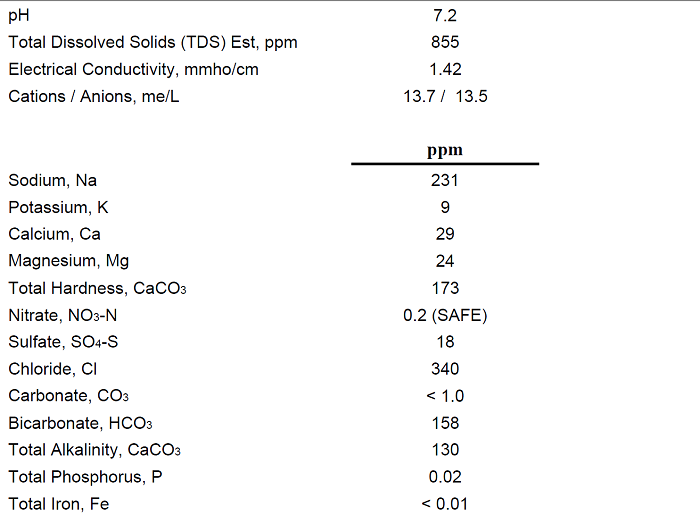I'm sick of lugging Distilled jugs every time I brew so I switched to RO (plus other reasons).
I use brew 'n water as a calculator.
Distilled is set to "zero" but what about my RO water? Can I use the default for RO (in Brew 'n Water) or do I have to enter some other values based on MY RO? I don't have a report on it-should I or can you generally assume what it is? I only really have TDS. It was 420 down to 45 ish after RO. I can also measure Ph, but haven't yet.
I use brew 'n water as a calculator.
Distilled is set to "zero" but what about my RO water? Can I use the default for RO (in Brew 'n Water) or do I have to enter some other values based on MY RO? I don't have a report on it-should I or can you generally assume what it is? I only really have TDS. It was 420 down to 45 ish after RO. I can also measure Ph, but haven't yet.




